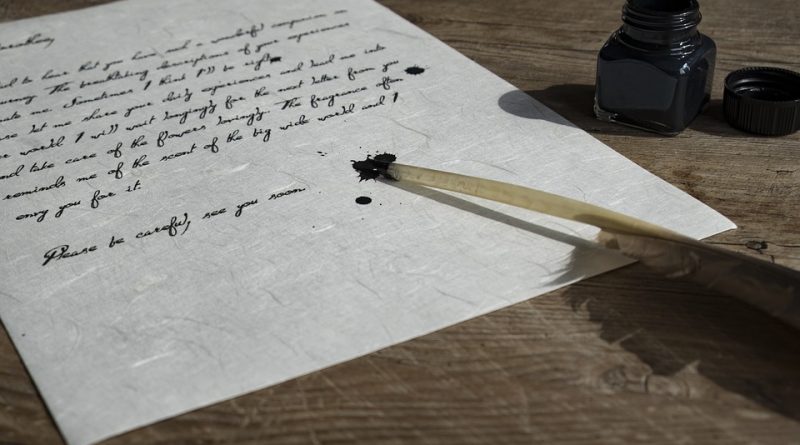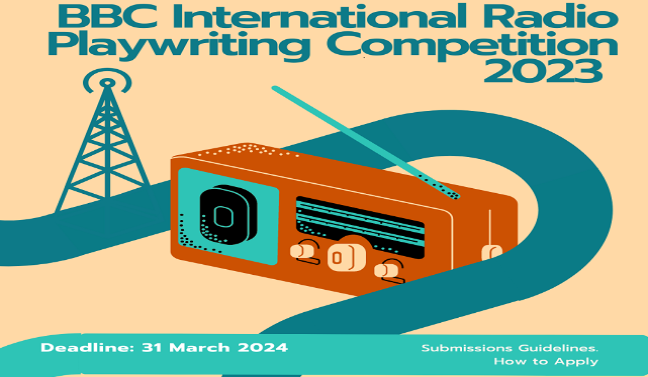Short Story Masterclass 3: How To Create Characters Readers Care About
This short story masterclass series has been very rewarding. Simply click to read Part 1 and Part 2, if you missed them, else, you can scroll to read Part 3.
Stories are all about characters and characters need to be developed in order for us to find them interesting and care about them (care what happens to them). The easy way to tell a story is to skip character development and just get to what happens in the story (how the main character is trying to achieve his goal, also called the plot). The best way to tell a story, however, is to give your hero a weakness. This, along with a desire (what he’s trying to achieve), will make him human and make audiences care about him. In great stories, overcoming this personal weakness is often key to the hero realizing his desire.
Character Development
To bring your characters to life, to make them human, to make audiences feel involved in their lives and appreciate their challenges, it is important to give them a character or internal weakness and a need. Doing this is different from giving them an external goal/desire that they are pursuing in the story, called the character goal.
The need is what the hero must fulfill within himself in order to have a better life. It is something internal and it usually involves overcoming his weaknesses and changing, or growing, in some way.
Weakness and need is what your story’s theme (also called moral argument) is built around, or based on.
The goal/desire is what the hero wants to accomplish (outside of him). It is what drives the plot.
Weakness + Need = Internal Conflict
The theme is usually about a hero's need to overcome a weakness or flaw (some internal conflict).
Desire + Action = External Conflict
The plot is the action or actions taken by the hero in trying to achieve his desire (and overcome some external conflict).
You won’t regret taking the time to develop your main character (or characters) and giving him or her a weakness and need (a need to overcome a weakness) that readers can relate to. That way he or she seems like a real person, and your story will have depth and you will be on your way to
delivering a message about life and about people. A weakness and need also helps readers know when your hero changes (when he has overcome his weakness), and, ultimately, this is what makes your story an educative experience (and time well spent).
In John Truby’s The Anatomy of Story; has this to say about the importance of giving your hero a humanity:
Some writers, in trying to galvanize the audience early, try to get smart and skip the weaknesses-and- need step and start with the desire. They have just made a pact with the devil.
True, opening with desire gives your story a quick start, but it also kills the payoff (the ending of the story).
Weakness and need is the foundation of any story. It is what makes it possible for your hero to change in the end. It is what makes the story personal and meaningful. And it is what makes audiences care. Don’t skip the first step. Ever.
To be continued in Part 4
Charles Opara is a programmer with the National Population Commission in Nigeria. He is a short story writer and speculative fiction novelist who enjoys the logic involved in creating programs and stories. His short stories have been published in Flash Fiction Press, Zoetic Press, and Ambit Magazine.




Pingback: Win 850K In The Okadabooks and Union Bank-Sponsored Campus Writing Challenge – Creative Writing News
Pingback: Midnight & Indigo Submission/ How to Submit ( - Creative Writing News